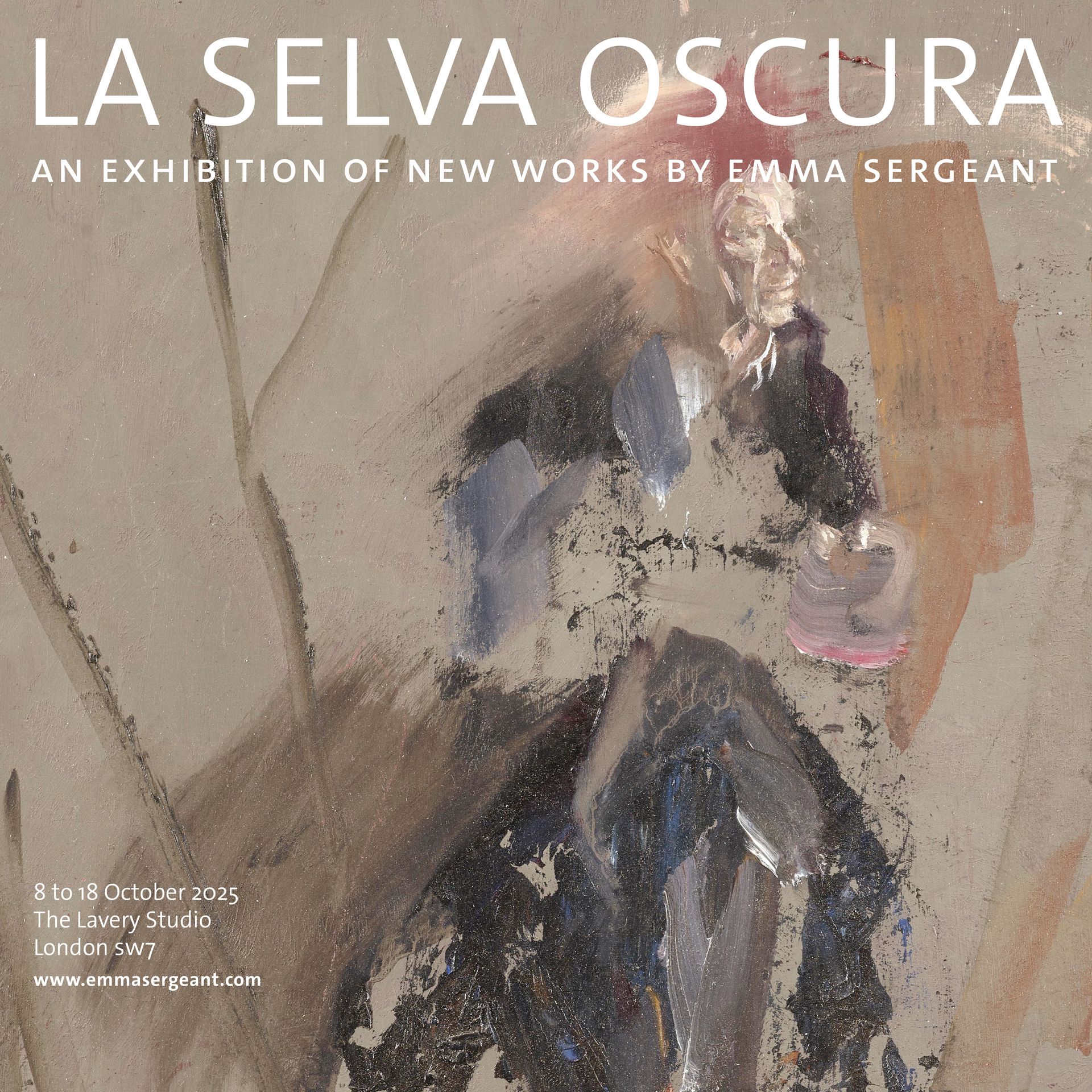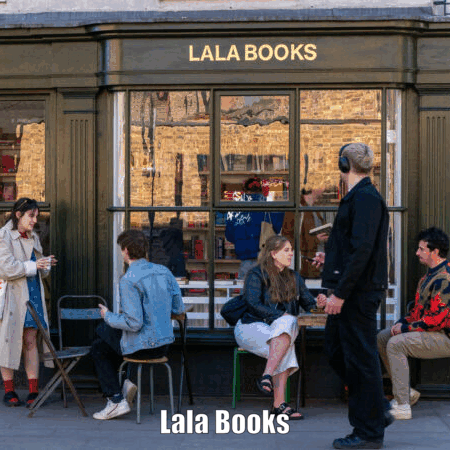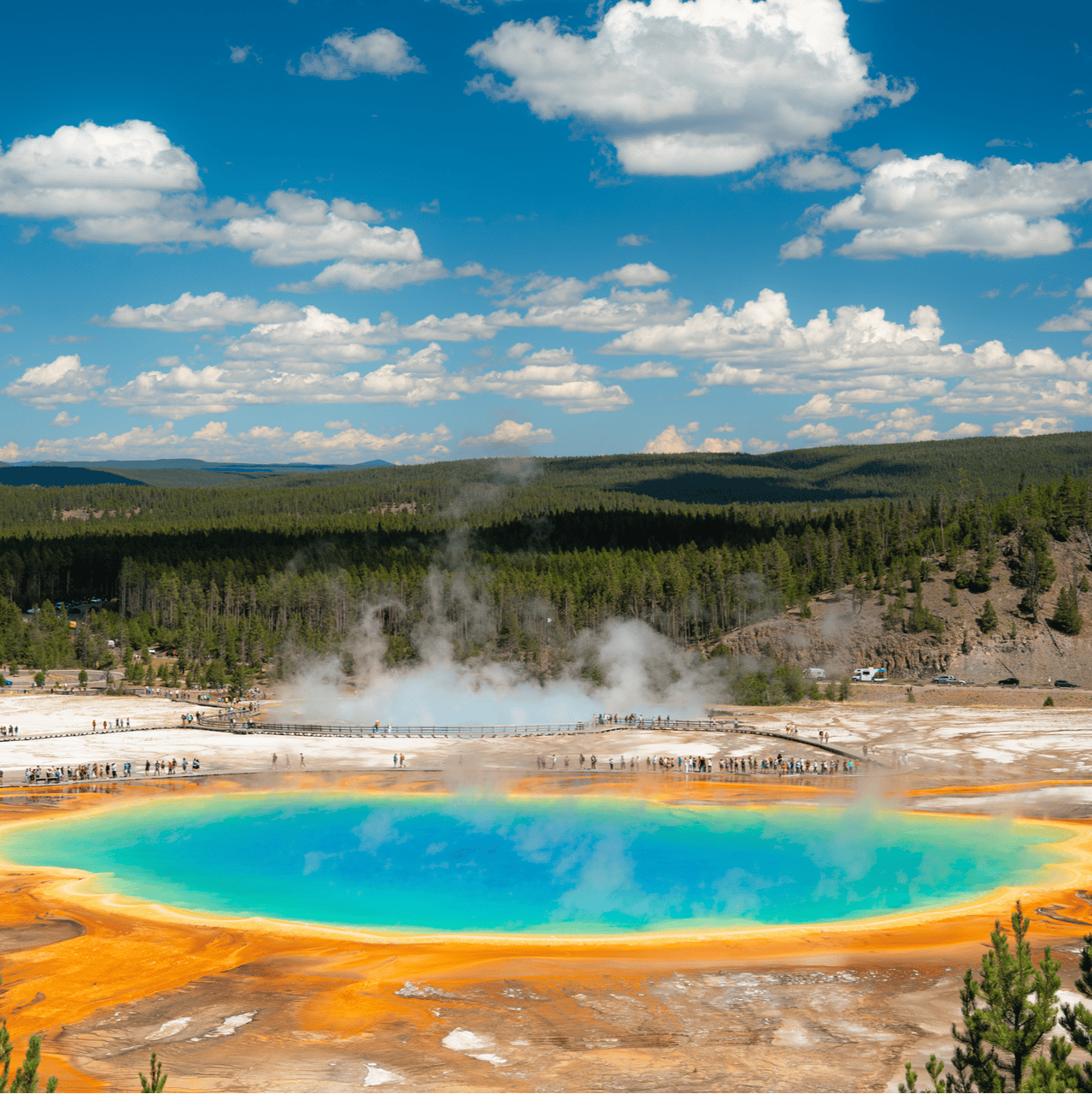- The Knowledge
- Posts
- The real lesson of the Gaza deal
The real lesson of the Gaza deal
📚 Charming bookshops | ⭐️ National Parks | ☃️ United Gakdom
In the headlines
Israel has accused Hamas of breaking the terms of the ceasefire agreement by not releasing all the remains of hostages after the peace deal was signed in Egypt yesterday. The Israeli government has reportedly given the terror group, which has so far handed back four bodies of a possible 28, until the end of today to return the rest. Almost all the external wall insulation fitted under the previous government’s energy efficiency scheme was installed so badly it needs to be repaired or replaced. Some 98% of the roughly 23,000 homeowners who took advantage of the programme have been left with shonky cladding that is likely to cause damp and mould. This season’s fashion weeks in New York, London, Milan and Paris showed that the “body positivity” movement is over, with 97% of models on the catwalks a UK size 4 to 8. Vogue, which tracked the sizes of models across 198 shows, found that only 2% could be categorised as “mid-size” (a UK 10-16) and less than 1% were “plus-size”.
Comment

Donald Trump with Tony Blair at the peace summit in Egypt yesterday. Suzanne Plunkett/Getty
The real lesson of the Gaza deal
At the height of the Cuban Missile Crisis in 1962, says William Hague in The Times, John F Kennedy received two different messages in 24 hours from Soviet leader Nikita Khrushchev, the second of which left markedly less hope of peace. Rather than panic, JFK completely ignored the later message and replied only to the earlier, more positive one – and the following day Khrushchev backed down. Ten days ago, Donald Trump did something similar. When Hamas responded to his 20-point ceasefire proposal without mentioning whether it would disarm – a key element of the plan – Trump just ignored the oversight and treated the whole ceasefire as a done deal. Like Kennedy, he understood the importance of “maintaining momentum”.
It wasn’t Trump’s “sheer personal will” alone that got the agreement over the line. It was also his use of America’s “hard power”. Arab states were willing to play ball because they need US tech and military protection; Benjamin Netanyahu agreed to stop bombing Gaza because Israel is heavily dependent on American arms. Britain did contribute to the process, through Tony Blair’s longstanding efforts to find solutions and Jonathan Powell’s tireless diplomatic support. But recognising Palestine as a state did nothing to help. All those pro-Palestine marches contributed “precisely zero”. That’s the real lesson of this breakthrough, regardless of whether the next, “far more difficult” stage can be executed: it is “power, not posturing” that gets big deals done. Britain needs to remember that the role of a nation in foreign affairs ultimately depends on its economic prowess. “Without that we are just shouting in a room where the audience is leaving.”
🇵🇸🪧 Here in Britain, the Gaza deal should really take the wind out of the sails of the Islamists, the far left and the Greens, says Paul Goodman in The Daily Telegraph. For these groups, campaigning against Israel has become a “fanatical obsession”: it is this year’s trans rights or Extinction Rebellion or Black Lives Matter. And they need the conflict to continue to keep their supporters engaged – the deaths and displacements, the “war porn” pumped into our social media feeds. Without the “oil of public outrage”, they may well struggle to “keep their electoral machine ticking over”.
Advertisement
Exhibition currently on view at the Lavery Studio, 5 Cromwell Place, SW7
The culmination of a decade of work and experimentation by the renowned British artist Emma Sergeant, this exhibition is inspired by the silver birch trees that surround her studio in Poland, and the allegorical ‘dark forest’ which features in Dante’s Inferno. Presented as an immersive installation created by Charles Marsden-Smedley, it was recently picked as a cultural highlight by Jung Chang in The Observer. Until 18 October. www.emmasergeant.com / @emmasergeantart
Books
British Vogue has compiled a list of the “most charming bookshops in London”. They include Lala Books, a “cult independent” bookshop in Camberwell; South London Gallery’s “hidden and very aesthetically pleasing treasure trove” near Peckham, which specialises in experimental books, zines and fiction; Mayfair’s Heywood Hill, where Nancy Mitford worked during World War Two, and which Evelyn Waugh described as “all that was left of fashionable and intellectual London” during the Blitz; Hatchards, the oldest and probably most famous bookshop in London, on Piccadilly; and Chelsea’s John Sandoe Books, a cosy, cramped, lamp-lit and rug-lined leftover from the swinging sixties. Click on the image to see the rest.
We find the good stuff
The real beauty of The Knowledge, readers often tell us, is that while we do of course cover the main subjects and the main sources, there’s always something that the ordinary reader would never come across on their own. Today, that could be the compilation of hilarious one-star reviews of US National Parks, which we found in the highly niche ZME Science magazine. Or the daily puzzle game that the encyclopedia firm Britannica posts on its website. Or an explanation of how Britons became the world’s second biggest gak-heads.
And because we’re offering new subscribers 50% off, it’s all just £4 a month, or £40 for the year. Subscribe now.
Let us know what you thought of today’s issue by replying to this email
To find out about advertising and partnerships, click here
Been forwarded this newsletter? Try it for free
Enjoying The Knowledge? Click to share




Reply